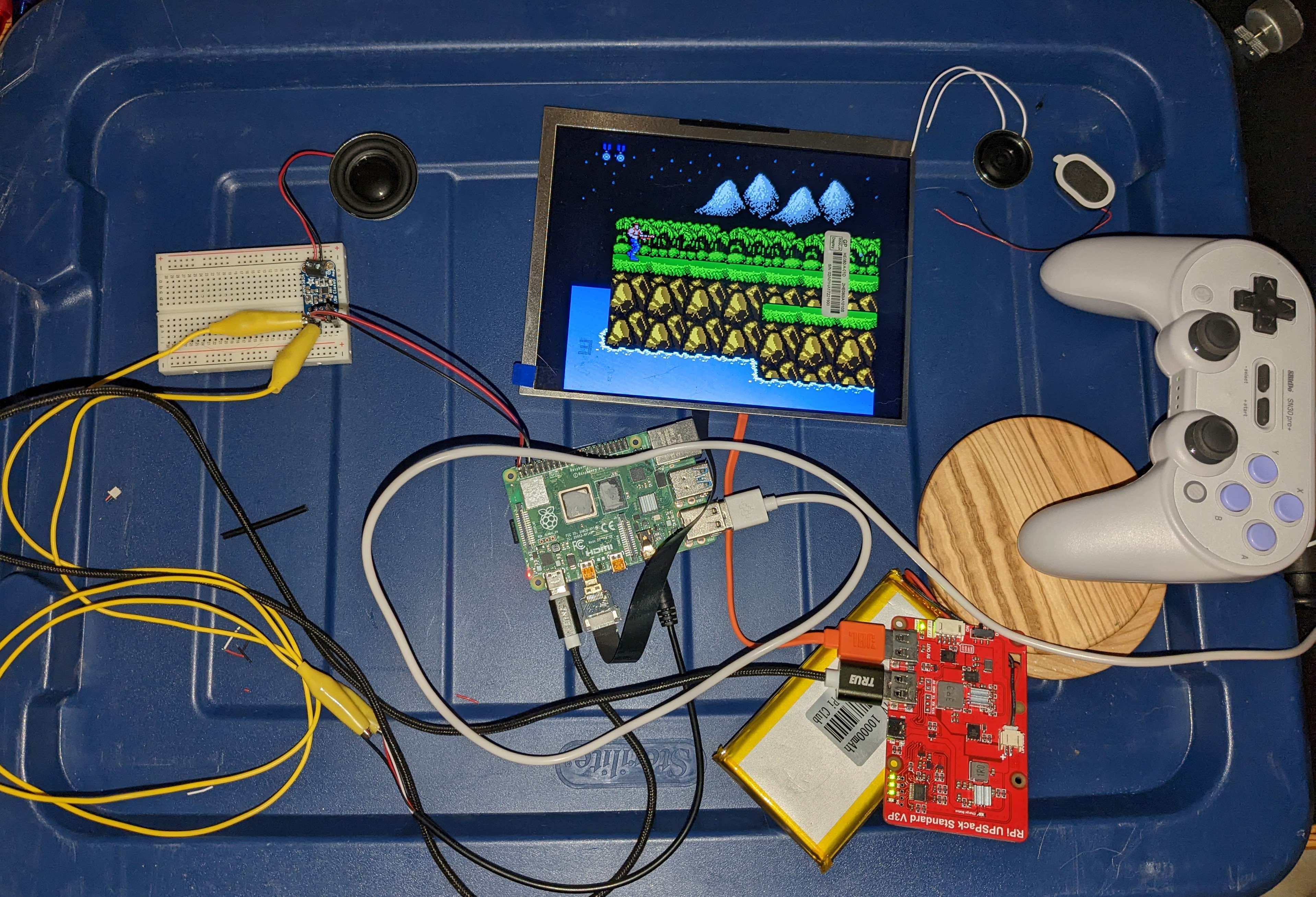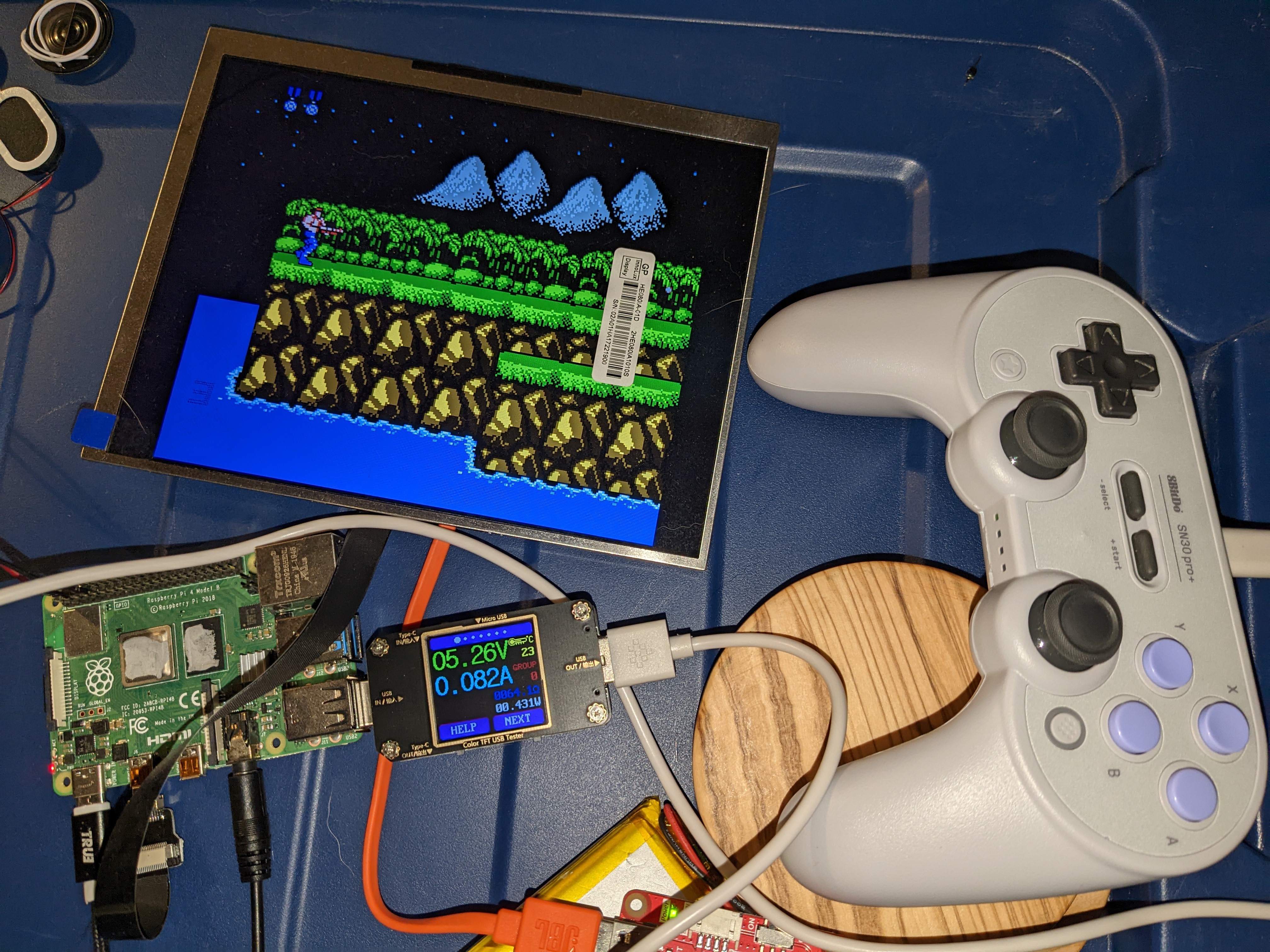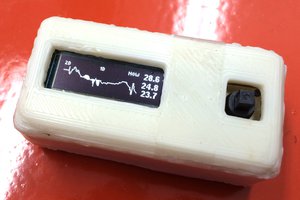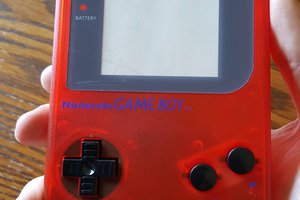I've set out to build a portable emulation machine. Emulators were always fun as a kid and I've recently realized that I have most of the skills to build a portable version, while lacking some skills that will likely be fun to learn (3D modeling/printing mostly). So why not! The process sounds fun and the end result will most likely get some good use. One thing to note is that I think the cost of this is going to be more than the pre-made portable retro consoles that seem to be on the market and less than the Steam Deck. The goal is for the end result to be a higher quality than the cheaper pre-made consoles.
At the time of writing this, I've already done a non-portable proof-of-concept (e.g. just following others' RetroPie tutorials) and am now working to making it portable. The major components included in this project are as follows:
- Raspberry Pi 4 Model B (4gb???)
- 8" IPS Display (4:3 Aspect Ratio)
- 2.5W Class D Amplifier, and Speakers
- TeensyLC Xinput Controller based on 8Bitdo Pro 2 Xbox model
- 10,000mAh Litheum Ion Battery and Charger PCB
- 3D Printed Case
To-Do:
- Raspberry Pi
- Custom settings such as shaders
- Explore N64 and Playstation usability
- Explore overclocking
- Audio
- Test amplifier
- Test bluetooth
- Circuit for speakers and headphone jack
- Controller
- Create custom PCBs
- Final TeensyLC code to include all buttons
- Power Supply
- Test new charger board
- Test power consumption of individual components
- Test serial data capabilities
- Case
- Prototype and refine
- Prototype and refine
- Prototype and refine....
- Enjoy an old game on a newly created handheld



 Linus Dillon
Linus Dillon
 Kumar, Abhishek
Kumar, Abhishek
 Nicholas Hill
Nicholas Hill
 Dixbit
Dixbit